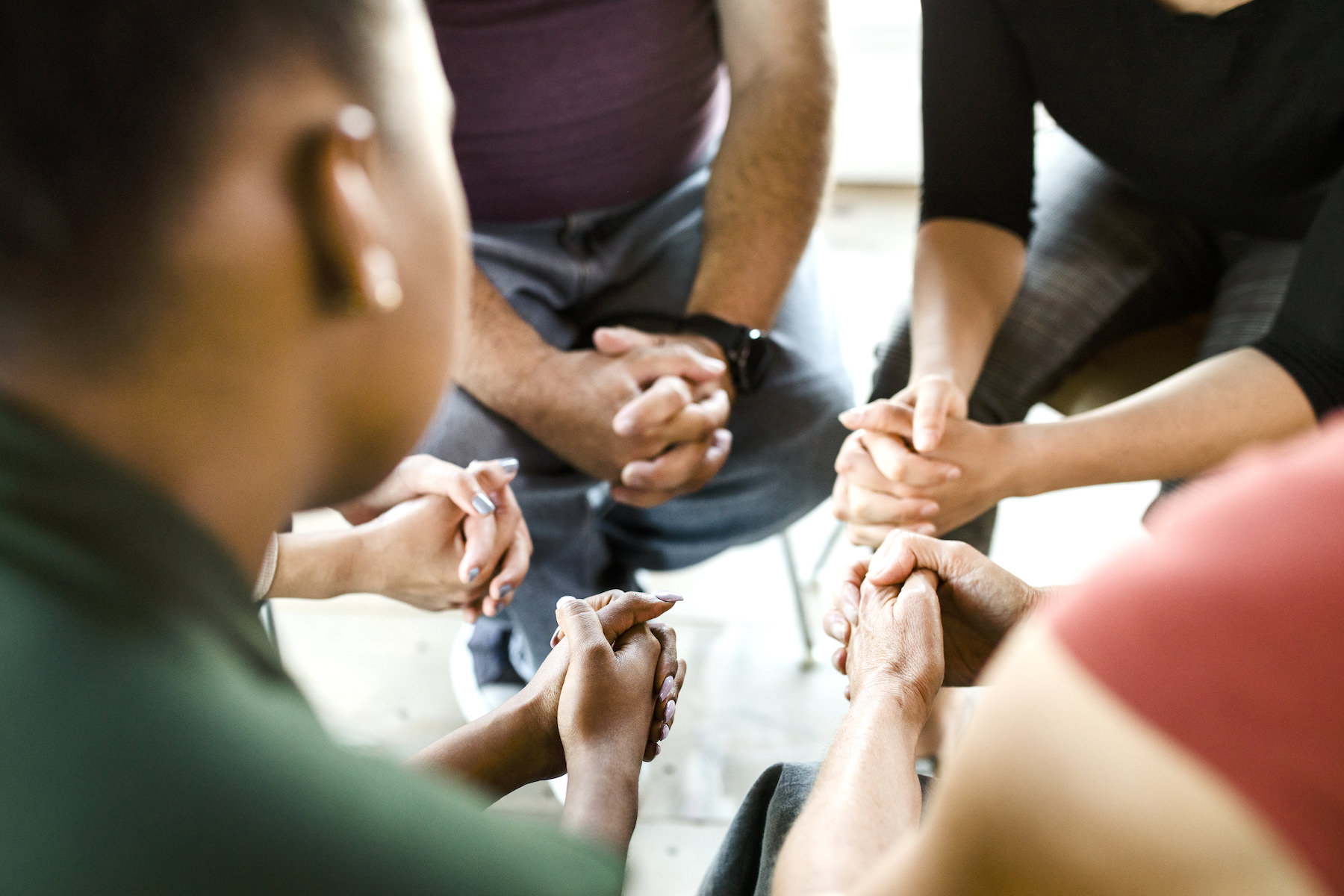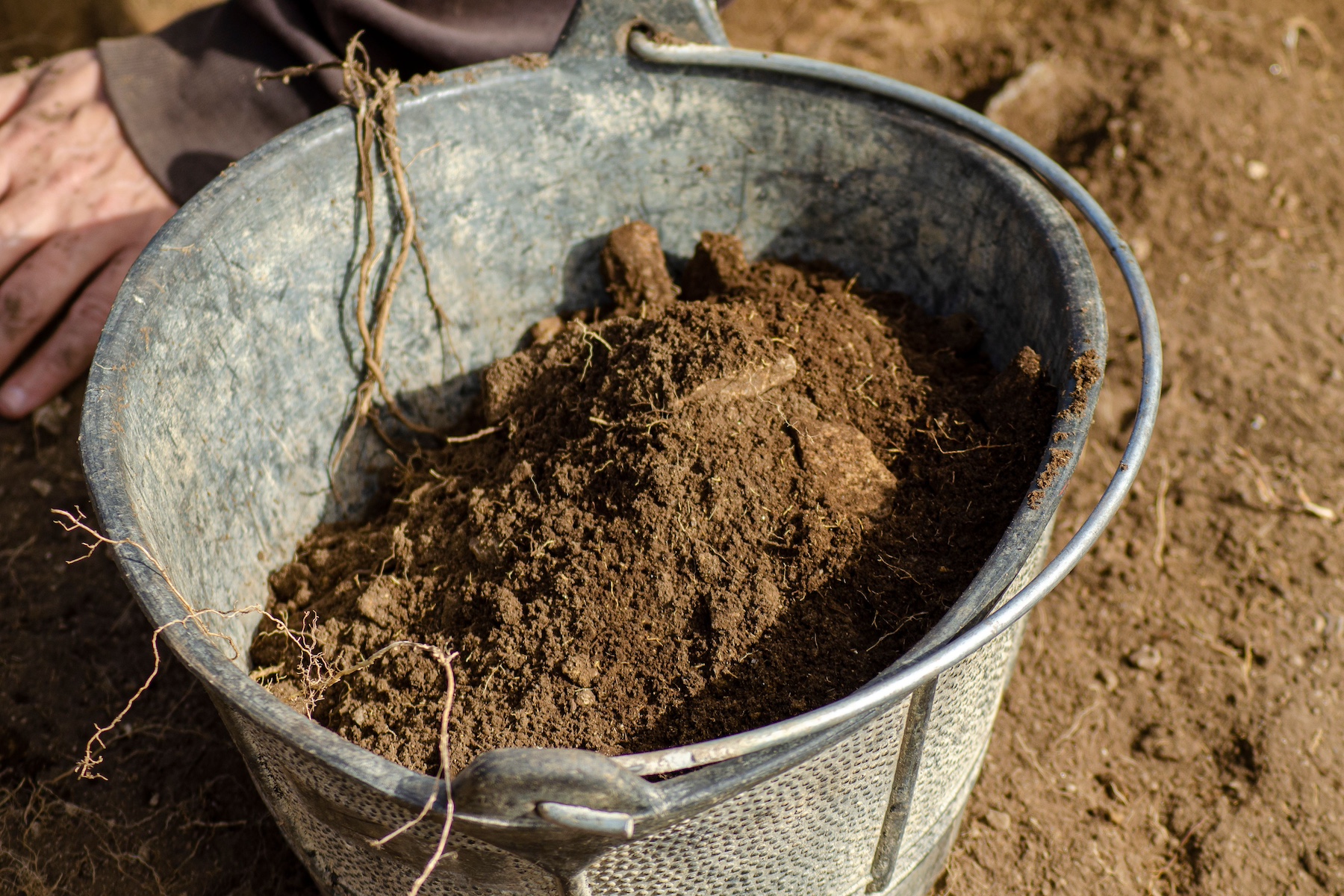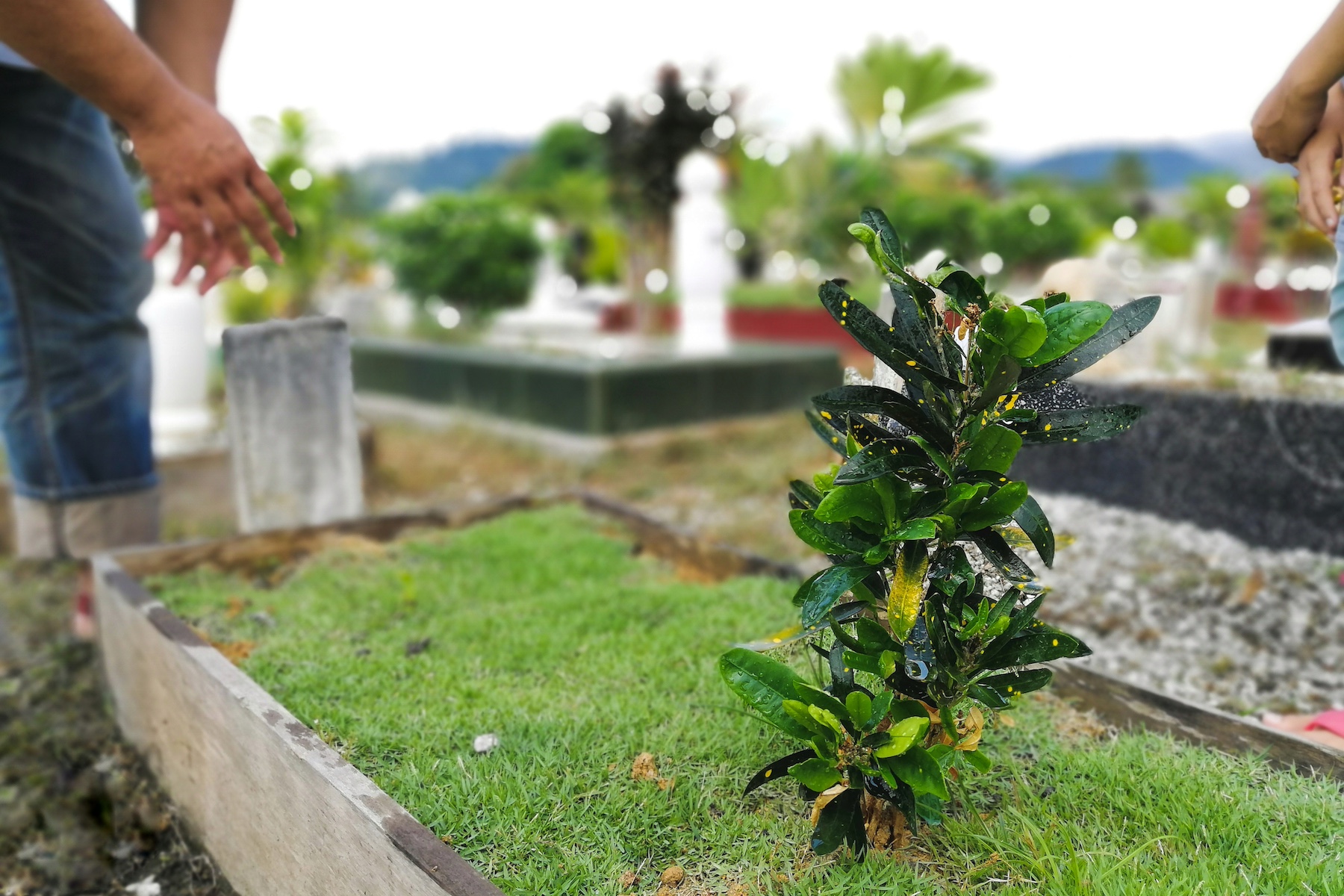In our series about factors that are effecting cremation rates we’ve discussed how migration trends have impacted cremation and the influence of rising costs. This segment we’re looking at how changing religious views and preferences play a role in cremation.
Funeral services are closely tied to religion for many people. Death is considered a major life event that transitions a person to the afterlife. All religions have funeral ceremonies and traditions that take place just before and/or after a person’s death. History tells us that religion and cremation are intertwined, but today the two may be getting untangled.
Fewer Religious Affiliations Means More Cremations
The number of people who affiliate with a religion is on the decline in the U.S. One direct effect of that decline is an increase in cremations. In 2015 the Cremation Association of North America (CANA) reported that there was a correlation between religious beliefs and cremation rates. The Funeral and Memorial Information Council and National Funeral Directors Association (NFDA) concluded the same thing.
The Pew Research Center has also reported a decrease in the number of people who identify as Christian. In 2019, a survey found 65% of American adults identify as Christian. While this is the majority by far, the number has been shrinking at a fast pace. Just 10 years ago, 77% of adults said they were Christian.
Did the 12% switch to a different religion? Many are likely in the group that consider themselves atheist or agnostic, meaning they don’t identify with any particular religion. That group went from 17% of the adult population in 2009 to 26% in 2019.
Religious Acceptance is Increasing Cremation Rates
Instead of trying to dissuade cremation, some religions are becoming more accepting of it. Many Christian religions allow cremation. As of 2016, even the Catholic Church permits cremation, however, the cremains must be stored in a sacred place, such as a church cemetary.
As more religions embrace cremation, burial will become less common. More people will be making funeral decisions based on personal preferences rather than religious doctrine.
How the Pandemic Affected Religion
We may see a slight reversal in the religiosity decline in the coming years. The NFDA’s 2021 Cremation and Curial Report had an interesting finding. Over a quarter of respondents (28%) said they had stronger faith after the pandemic. The number of people who said religion was important in funeral services increased significantly between 2019 and 2021. In 2019 just 35.4% of people said religion factored into their funeral preferences. But after the COVID-19 pandemic that number has increased to 47.3%.
But did the change affect cremation rates? Just because religion is playing a bigger role, that doesn’t mean burial is making a resurgence. The cremation rate continued to go up, with nearly 61% of funeral homes reporting an increase in the number of cremations that were performed in 2021.
It’s a sign that we’ve reached a point where cremation isn’t just accepted it’s the norm in many places. Religious acceptance is making a difference in allowing for religiosity and cremation to both grow at the same time.
Interested in affordable cremation services that are respectful of all religious preferences? At Direct Cremate we give you more choices so that you can find the end of life services that align with your beliefs. Our team is available any time of day to provide assistance.



